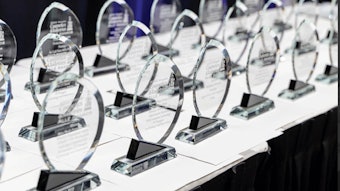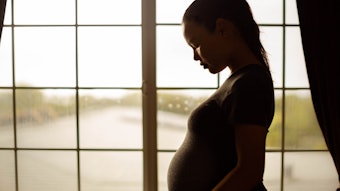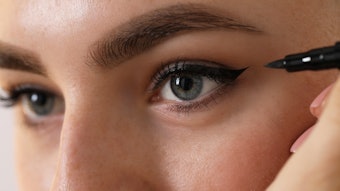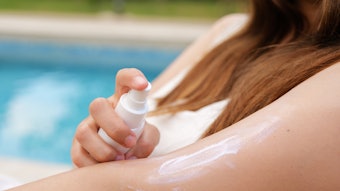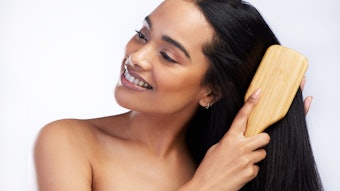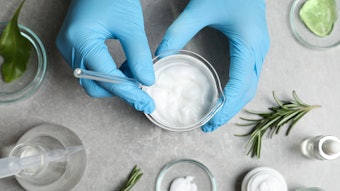During a press conference held at its headquarters, L’Oréal's Laurent Attal, executive vice-president research & innovation, presented new development strategy for L’Oréal Research. While the global beauty market undergoes significant changes (with emerging markets currently accounting for 53% of the market), L’Oréal aims to add one billion new consumers.
According to the company, tomorrow’s beauty will be global and universal and will respect the unique nature of each region. L’Oréal Research’s mission will, therefore, be to understand and adapt to all women and men in order to offer the best of cosmetics in terms of quality, efficacy and safety.
The ability to innovate for new markets must therefore rely on in-depth knowledge of the culture, needs and preferences of Chinese, Indian and Brazilian consumers. By placing the consumer at the heart of research and innovation, L’Oréal has decided to create the “Consumer Insights” International division as well as regional research and innovation hubs (in Asia for example).
Innovation must take place where consumers are based, stated the company. The concept of “design to value” looks at consumer habits in a given location to develop an innovation. Kohl for example (an emblematic product in India, originally used for eyes) illustrates this phenomenon. It is being used as a source of inspiration for the development of products that will meet, in addition to the beauty expectations of Indian women, expectations of consumers from other regions. This example, claims L’Oréal, shows how innovation stems from an association of market intelligence (observing beauty rituals, emblematic products, cultural habits) and in-depth knowledge of skin and hair’s biology and physiology.
Enriching Innovation Capabilities
L’Oréal group’s commitment to innovation has always been to launch formulas that enhance the consumer’s product experience. To fulfill this commitment and benefit consumers from emerging markets by determining strategic choices, “be both driven by consumers and invest in technology that will generate even greater innovation,” said Attal.
The genomics boom, progress in stem cells, biphonotics and reconstructed skin (as well as other technological and scientific advances) have allowed L’Oréal to further its knowledge, identify new cellular targets and better decode skin (and hair’s) aging mechanisms in order to predict even earlier and more effectively.
Anti-perspirants and oily skin products are strategic for emerging markets. In most of these countries, sweat and oily skin are seen as one and the same, and are intimately linked to climate, diet and physiology.
Perceived Efficacy and Predictive Evaluation
"Tomorrow’s beauty will also be active," L’Oréal stated in its announcement of the new consumer-centric innovation strategy and innovation will be increasingly based on the efficacy perceived by the consumer and demonstrated by scientific and clinical proof.
The notion and perception of performance is in continuous progression. For example, the quality of a shampoo or shower gel’s lather is not appreciated in the same way by all cultures. In order to respond to these diverse expectations, instrumental evaluation methods that assess clinical efficacy are combined with objective evaluation of the product’s emotional and sensorial performance (brain imaging, “eye tracking” or sensorial mapping).
Earlier and more efficient predictions are key and should be built on the knowledge of cultural contexts, beauty rituals, diet and climate, and the in-depth knowledge of skin’s structure and understanding of its mechanisms.
Currently, L’Oréal operates 18 research centers and 13 evaluation centers.
